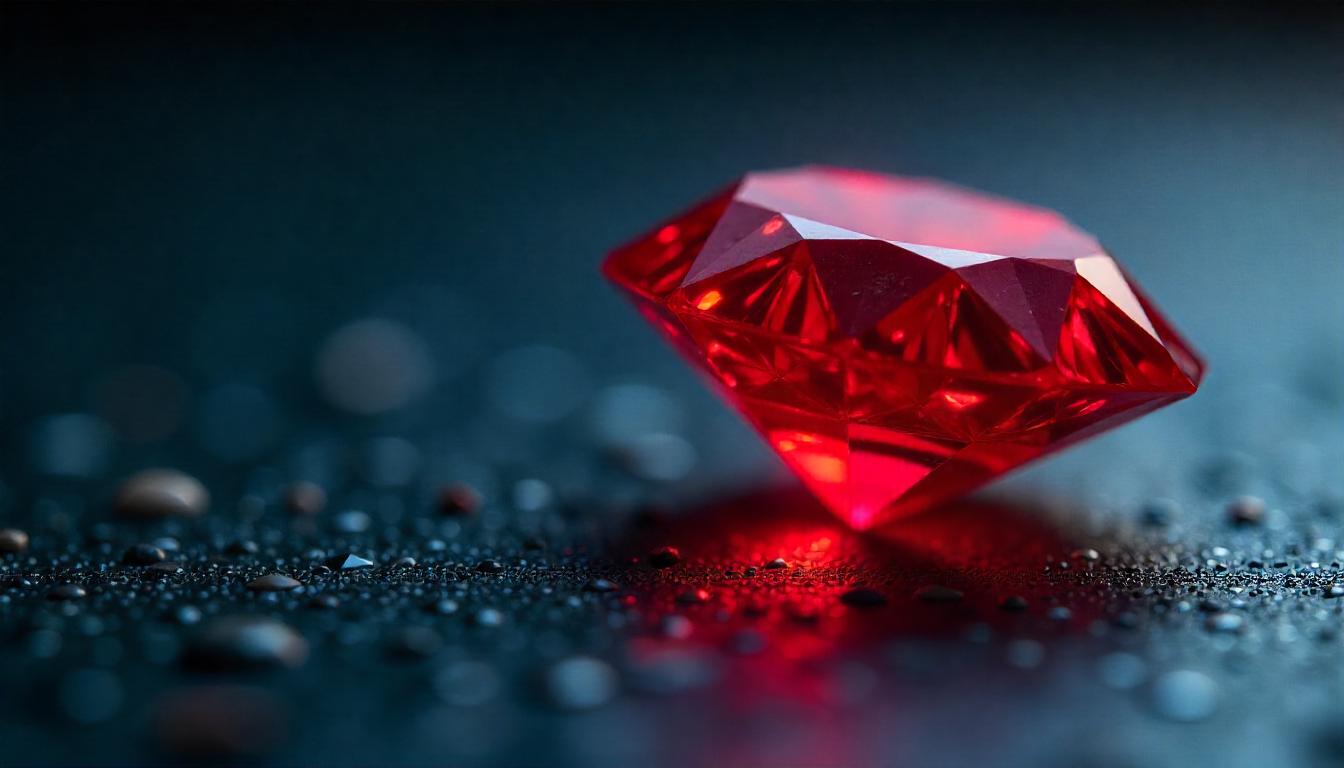For centuries, diamonds have been a symbol of luxury and beauty. However, behind their brilliance lies a dark reality: the blood diamonds, also known as conflict diamonds. These gems have been used to finance civil wars and armed conflicts, leading to severe human rights violations. In this article, we will explore what blood diamonds are, their history, their impact on affected communities, and the measures taken to eradicate their trade.
What is a blood diamond?
A blood diamond is a precious stone mined in war zones and sold to finance armed conflicts against legitimate governments. Its extraction is often linked to inhumane practices such as forced labor, child exploitation, and extreme violence against local communities.
These diamonds primarily come from African countries with a long history of conflicts, such as:
- Sierra Leone
- Angola
- Liberia
- Democratic Republic of the Congo

Origin and Historical Context
The term “blood diamonds” became widely known in the 1990s when it was revealed that rebel groups were financing wars through the illegal sale of diamonds.
One emblematic case was the civil war in Sierra Leone (1991-2002), where the Revolutionary United Front (RUF) used diamond revenues to fund its armed struggle, leading to massacres, kidnappings, and the exploitation of thousands of people.
Another example is Angola, where the rebel group UNITA sold diamonds to purchase weapons and perpetuate armed conflict.
The Kimberley Process: An International Solution
To stop the trade of conflict diamonds, the Kimberley Process was implemented in 2003. This international certification system aims to ensure that traded diamonds are conflict-free.
How does the Kimberley Process work?
- Origin Certification: Each diamond must have a certificate proving it does not come from conflict zones.
- Export and Import Regulation: Only countries participating in the process can trade diamonds among themselves.
- Strict Supervision: Audits and controls are conducted to prevent blood diamonds from entering the legal market.
Despite this initiative, some critics argue that the system still has flaws, and conflict diamonds continue to enter the black market.
Impact on Local Communities
Human Rights Violations
- Forced labor and child slavery in diamond mines.
- Massacres and extreme violence by armed groups.
Environmental Destruction
- Water pollution and deforestation due to illegal mining.
- Loss of biodiversity in affected areas.
Poverty and Lack of Development
- Local communities do not benefit economically from mining.
- Persistent poor living conditions.
How to Identify and Buy Ethical Diamonds?
To avoid purchasing blood diamonds, follow these recommendations:
✔️ Look for Certifications: Ensure the diamond has the Kimberley Process Certificate.
✔️ Buy from Responsible Jewelers: Choose brands committed to ethical mining and supply chain transparency.
✔️ Consider Lab-Grown Diamonds: They are a sustainable and 100% conflict-free alternative.
Conclusion
Blood diamonds represent one of the darkest aspects of the jewelry industry. While the Kimberley Process has reduced their trade, the problem has not been completely eradicated. As consumers, we must ensure we buy ethical and certified diamonds, supporting a fairer and more sustainable industry.




